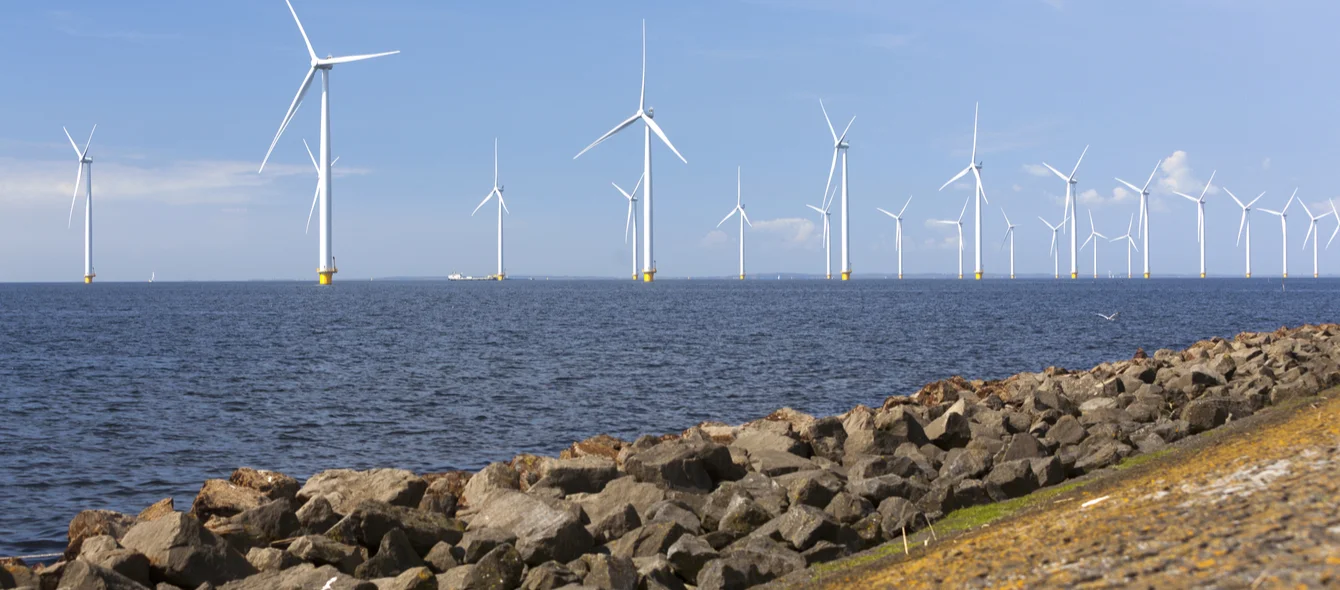Almost all north European countries have adopted offshore wind capacity targets for 2030, signalling a huge expansion of the industry over the next decade.
The commitments total 113 GW, which, if realised, would mean a more than fourfold expansion in ten years from the 24.8 GW in operation at the end of 2020. Of the 113 GW targetted, EU member states account for 70.3 GW, more than 10 GW higher than the EU level goal of 60 GW by 2030.
The most ambitious national target – 40 GW – has been adopted by the UK, which will require the installation of almost 3 GW on average each year over the next decade. While both the scale and speed of the increase present challenges for the industry, in many countries the pipeline of projects at various stages of development exceeds the targets set by government. Post-2030, the sector will have to achieve an even higher pace of development to meet the EU’s goal of 300 GW of offshore wind by 2050. According to the UK’s Committee on Climate Change, the UK‘s offshore wind requirement could be as high as 125 GW by 2050 to meet its net zero carbon target.
Europe's offshore expansion plans
Click on the highlighted countries to learn more
14.594
MW45.406 MW
60.000
MW2020.
. 2030
12
MW8.788 MW
8.800
MW2020.
. 2028
7.728
MW12.272 MW
20.000
MW2020.
. 2030
0
MW11.000 MW
11.000
MW2020.
. 2030
0
MW700 MW
700
MW2020.
. 2030
0
MW 700-
1000 MW
700-
1000
2020.
. 2030
0
MW 700-
1000 MW
700-
1000
2020.
. 2030
71
MWno official
expansion targets
2020.
. 2030
192
MWno official
expansion targets
2020.
. 2030
2
MW3.498 MW
3.500
MW2020.
. 2030
1.703
MW6.797 MW
8.500
MW2020.
. 2030
25
MW4.975 MW
5.000
MW2020.
. 2030
10.206
MW29.794 MW
40.000
MW2020.
. 2030
2.611
MW8.889 MW
11.500
MW2020.
. 2030
2.262
MW1.738 MW
4.000
MW2020.
. 2030
Photo credit: © shutterstock.com, Anton Havelaar
